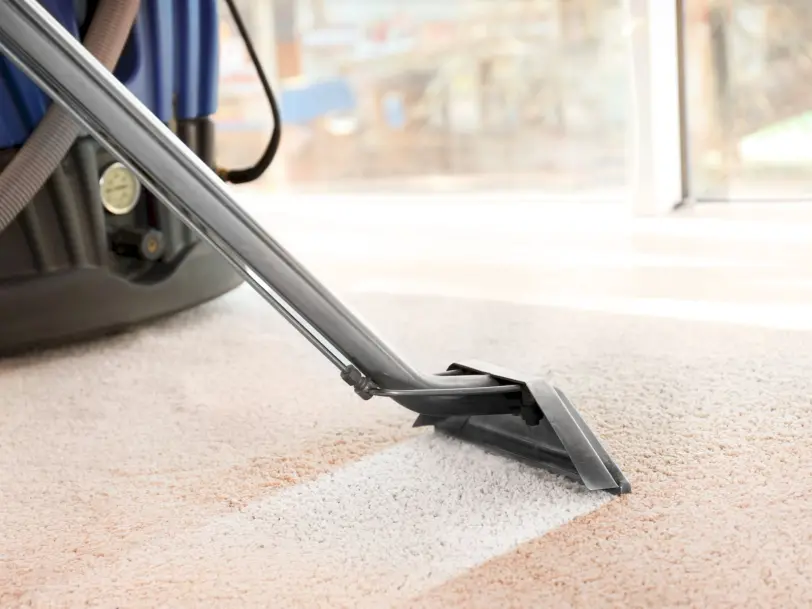The Lifecycle of a Carpet: When to Clean and When to Replace

Carpeting is a significant investment in any home or business, contributing to the overall comfort, aesthetics, and warmth of a space. Like any investment, it requires care and attention to ensure it lasts as long as possible. Understanding the lifecycle of a carpet, from regular cleaning to recognizing when it’s time for a replacement, is crucial. In this blog post, we will guide you through the various stages of a carpet’s life and help you make informed decisions about its care and maintenance.
The Brand-New Stage: Initial Care and Maintenance
When your carpet is new, it’s at its peak in terms of appearance and functionality. To maintain this:
- Vacuum Regularly: Aim for at least once a week to remove dirt and debris.
- Attend to Spills Immediately: Promptly clean up any spills to prevent stains.
- Professional Cleaning: Even new carpets benefit from professional cleaning. Call a carpet cleaning company and plan for a professional deep clean every 12 to 18 months.
The Maturing Carpet: Increasing Care
As your carpet ages, it will start to show signs of wear. This is a crucial time to ramp up your maintenance efforts.
- Rotate Furniture: Prevent permanent indentations and wear patterns by rearranging your furniture periodically.
- More Frequent Vacuuming: Increase vacuuming to twice a week or more, especially in high-traffic areas.
- Professional Cleaning: Depending on foot traffic, you might need professional cleaning more frequently.
Signs of Aging: Assessing Carpet Health
A carpet that’s been in place for several years will begin to show its age. Look out for:
- Matting and Crushing: Fibers lose their resilience, and no amount of cleaning can restore their original structure.
- Fading Colors: Carpets exposed to sunlight or harsh cleaning chemicals over time will start to fade.
- Persistent Odors: Odors that linger even after cleaning can be a sign of mold or mildew.
When to Clean and When to Replace
When to Clean:
- Stains and Spots: Most stains can be removed with professional cleaning.
- Allergens and Bacteria: Regular cleaning helps maintain a healthy indoor environment.
- General Wear: Regular cleaning can refresh the appearance of your carpet and extend its life.
When to Replace:
- Severe Stains and Damage: Some stains, like bleach or permanent markers, are impossible to remove. Extensive water damage may also necessitate replacement.
- Persistent Odors and Allergens: If cleaning doesn’t remove odors or allergens, it might be time for a replacement.
- Visible Wear and Tear: If your carpet has visible holes, tears, or extensive matting, it’s time to consider replacement.
Understanding the lifecycle of your carpet helps you make informed decisions about its care and when it might be time for a replacement. Regular cleaning and maintenance can significantly extend the life of your carpet, ensuring it remains a comfortable and attractive part of your home for as long as possible. However, every carpet has a lifespan, and recognizing when it’s reached the end ensures you maintain a healthy, beautiful living space. Whether it’s time for a deep clean or a complete replacement, taking care of your carpet is an investment in the longevity and health of your home.